
The application of IoT devices and artificial intelligence in healthcare presents numerous opportunities in use cases like training, research, end-of-life care, treatment, keeping well, early detection, diagnosis, and decision-making.

The application of IoT devices and artificial intelligence in healthcare presents numerous opportunities in use cases like training, research, end-of-life care, treatment, keeping well, early detection, diagnosis, and decision-making.
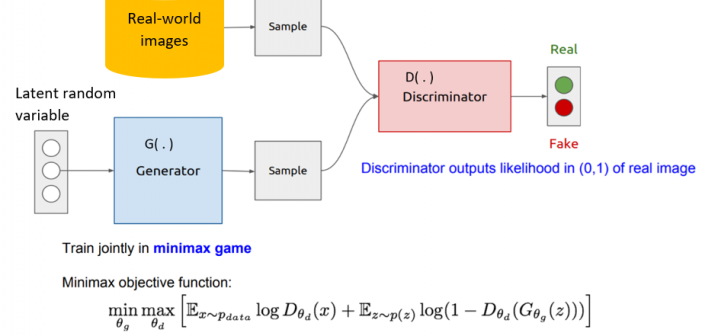
Generative adversarial networks (GANs) are one of the newer machine learning algorithms that data scientists are tapping into. When I first heard it, I wondered how can networks be adversarial? I envisioned networks with swords drawn going at it. Close… but I can assure you that no networks were harmed in the making of this article.
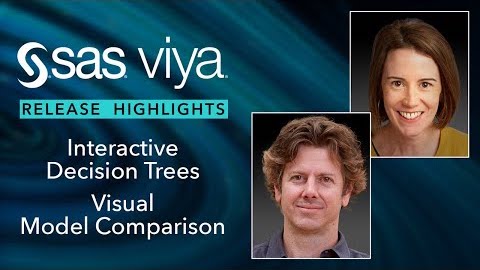
Decision trees are one of the top machine learning algorithms used by data scientists. Decision trees use supervised learning to classify problems. Even if you are not a data scientist, chances are you can interpret the visual output from a decision tree.
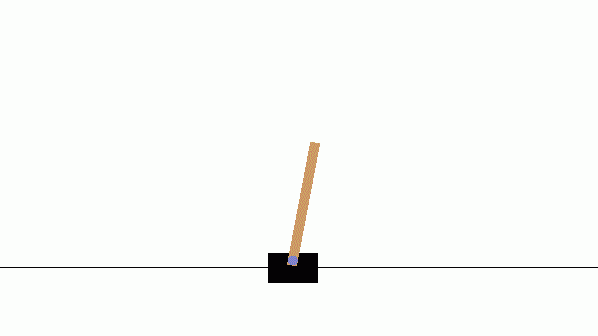
A Deep-Q Network (DQN) is a reinforcement learning technique that attempts to model the actions that perform best in each state in real-time.
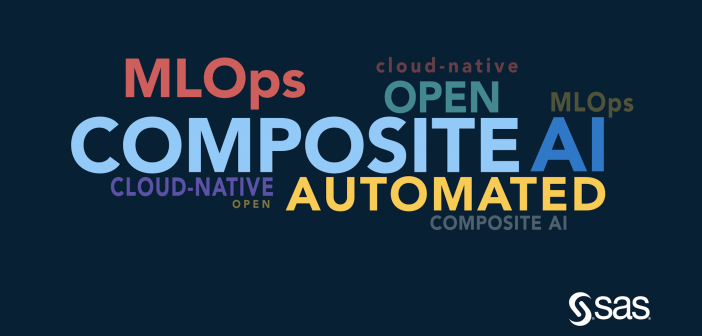
The recently released 2021 Gartner MQ for Data Science and Machine Learning contains a wealth of information and here are my takes on key market trends from that report for data scientists. This evaluation features SAS Viya with its SAS Data Science offerings.

An analyst report offers an unbiased, side-by-side, third-party evaluation of the technology in the market. These analysts know how to put the vendors through the paces and require proof of any claims that are made.

An embedding model is a way to reduce the dimensionality of input data, such as images. Consider this to be a type of data preparation applied to image analysis. When an embedding model is used, input images are converted into low-dimensional vectors that can be more easily used by other computer vision tasks. The key to good embedding is to train the model so that similar images are converted to similar vectors.
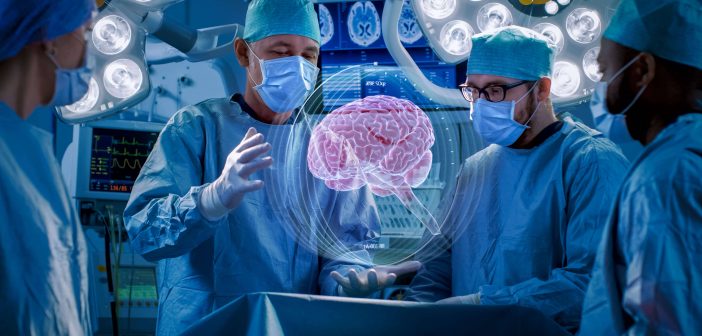
I spoke with Antonie Berkel and Dr. Joost Huiskens about a systems analysis project for the design of a clinical decision support system (CDSS) which integrates computer vision to help radiologists monitor the progression of tumors.

Let's talk about using DLPy to model employee retention through a survival analysis model. Survival analysis is used to model time-to-event. Examples of time-to-event include the time until an employee leaves a company, the time until a disease goes into remission, or the time until a mechanical part fails. The
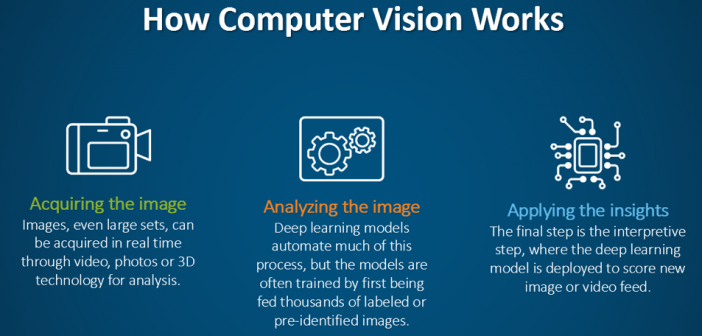
Computer vision can augment radiologists and make the image interpretation process cheaper, faster and more accurate. The ultimate goal is to achieve a better patient outcome facilitated by the use of computer vision.